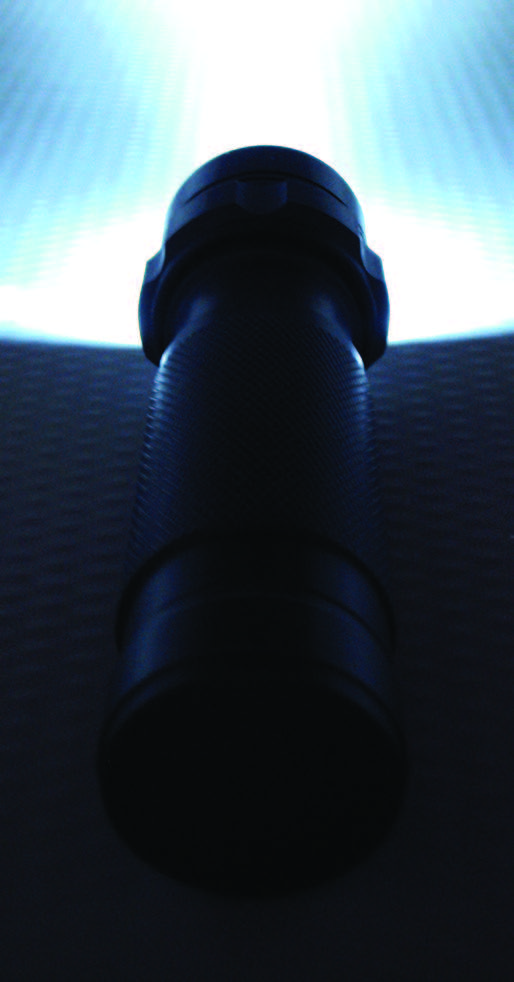Walter Lambrecht is investigating zinc germanium nitride as an alternative to the mixed indium-gallium nitride alloy that provides LED flashlights with their brilliant luminosity.
Modern flashlights with bright, white LEDs probably use a mixed indium-gallium nitride alloy as semiconductor to convert electricity into light. A Blu-ray disk system also employs a blue InGaN-based laser. However, indium is becoming scarce and costly, sending researchers scurrying to find an alternative technology. Walter Lambrecht and colleagues at Case Western Reserve University are investigating the properties of a similar, if less familiar, material – zinc germanium nitride.
“We are collaborating with Dr. Kathleen Kash’s group, which is growing this and related materials by characterizing and predicting their fundamental properties,” said Lambrecht, Ph.D., a professor of physics at Case Western Reserve University.
He explains: “To convince people that this material is viable for opto-electronic technology, an understanding of its native defects and doping properties is essential. We think that the three-element nature of this new semiconductor provides new opportunities for doping, because one can substitute each one of these elements separately.”
Lambrecht performs quantum mechanical calculations of the electronic properties of semiconductor point defects on the IBM Glenn Cluster at the Ohio Supercomputer Center. The software used for these calculations is under continuous development by an informal group of collaborators to which Lambrecht belongs and which is headed by Mark van Schilfgaarde at Arizona State University.
One of the main efforts of the group is to use new approaches to remove the limitations of so-called local density approximations, allowing for a more sophisticated treatment of electronic correlations that is essential to understand defect properties.
--
Project lead: Walter Lambrecht, Case Western Reserve University
Research title: Point defects and doping in wide band gap semiconductors
Funding source: National Science Foundation, Army Research Office
